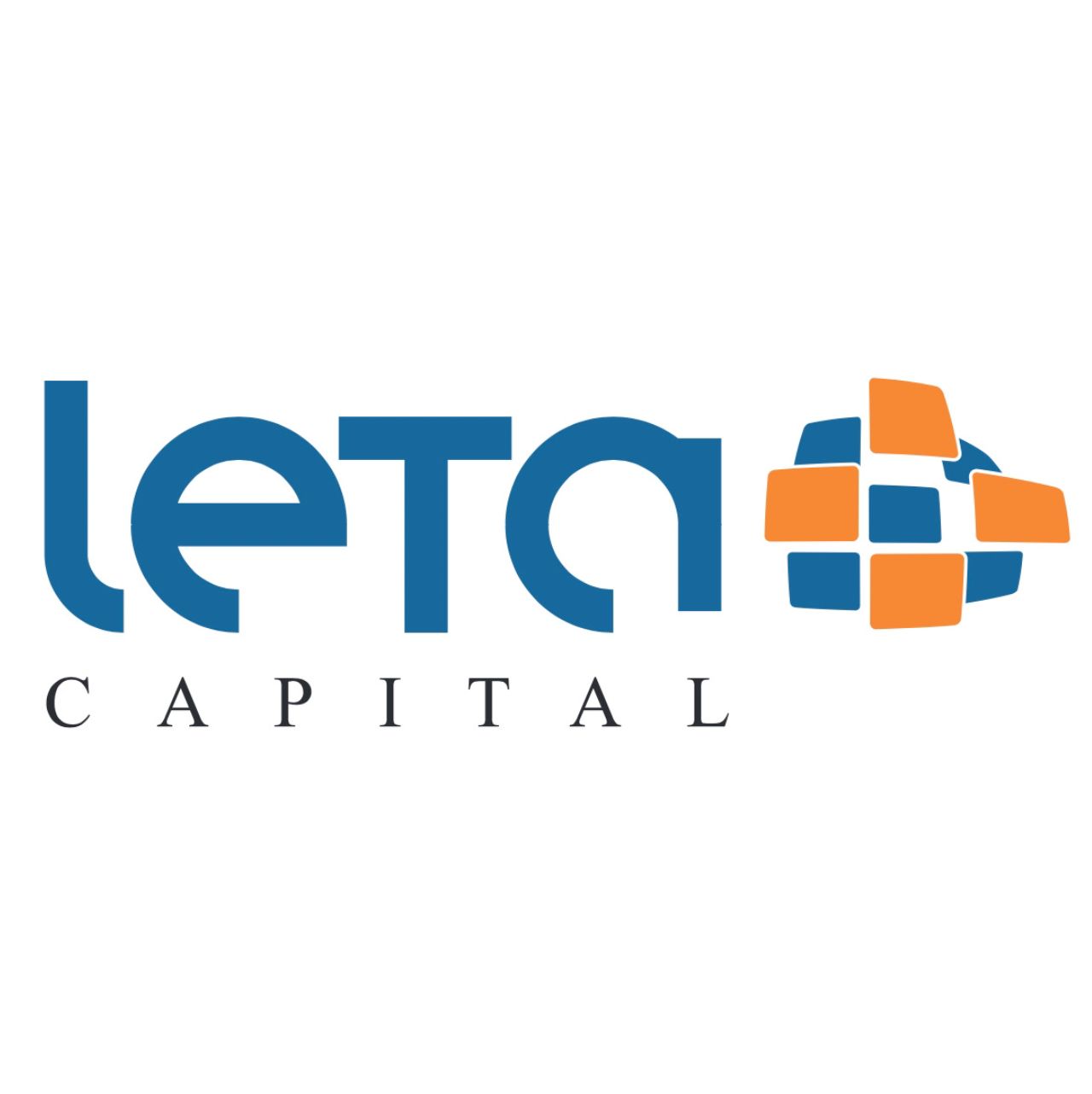159 reads
Is Decentralization of The Internet a Reality or Utopia?
by
July 7th, 2022
Audio Presented by

LETA Capital is an early-stage VC firm investing in Eastern-European founders who build global IT companies.
About Author
LETA Capital is an early-stage VC firm investing in Eastern-European founders who build global IT companies.